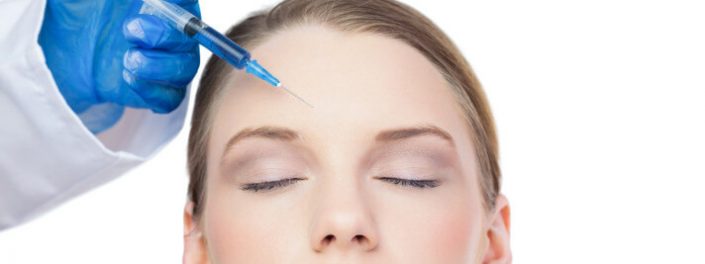Botox and Migraine: in October 2010, the FDA gave approval for the use of Botox (Botulinum Toxin A) for the treatment of chronic migraine. This approval was granted on the basis of results from two clinical trials.
A recent review of the literature (2012) published by The Journal of the American Medical Association examined the efficacy of Botox in reducing the frequency and severity of migraine. Initially, Jackson, Kuriyama and Hayashino, the researchers conducting the review, discovered 315 articles in the area. Applying inclusion and exclusion criteria, the researchers then narrowed the review down to 27 randomised controlled trials on migraine comparing the use of Botox with a placebo and 4 studies comparing the use of Botox with other medications. These medications included Topiramate, Valproate, Prednisone and Amitriptline.
The review found that Botox is modestly effective in the treating chronic migraine (≥15 headache days per month) but ineffective in treating episodic migraine (<15 headache days per month). Those with chronic migraine had approximately two fewer headaches each month when using Botox. In real terms the number of days patients suffered with migraines when given Botox decreased from 19 days to 17 days.
In their study the researchers also note that there is a greater frequency of paresthesias (numbness or tingling), neck pain and muscle weakness among those using Botox compared with placebo users.
Based on this review of 31 studies it would appear that if you suffer with fewer than 15 migraine days a month you will not benefit from using Botox. If you suffer with chronic migraine and experience migraine on more than 15 days a month then you are likely to have just two extra migraine free days each month and no more when using Botox.
Balancing this with the known potential side effects of Botox such as bleeding, bruising, neck pain and inflammation, Botox may well offer a poor return on investment for those with migraine.

